E-commerce Growth
The Container Glass Market is experiencing a notable impact from the growth of e-commerce. As online shopping continues to expand, the demand for durable and secure packaging solutions is increasing. Glass containers, known for their protective qualities, are becoming a preferred choice for shipping various products, particularly in the food and beverage sector. The rise of direct-to-consumer models is also contributing to this trend, as brands seek to ensure product integrity during transit. According to industry reports, the e-commerce packaging market is expected to grow significantly, which will likely benefit the Container Glass Market. Companies that adapt to these changing dynamics are poised to capture new market opportunities.
Technological Innovations
Technological innovations are reshaping the Container Glass Market, enabling manufacturers to enhance production efficiency and product quality. Advances in glass manufacturing techniques, such as automated production lines and improved melting processes, are reducing costs and increasing output. Additionally, innovations in glass design, such as lightweight and customizable options, are attracting attention from various sectors. The integration of smart technologies, such as IoT-enabled tracking systems, is also gaining traction, allowing for better inventory management and quality control. These technological advancements are likely to drive competitiveness within the Container Glass Market, as companies seek to leverage new capabilities to meet consumer demands and improve operational efficiency.
Sustainability Initiatives
The Container Glass Market is experiencing a pronounced shift towards sustainability initiatives. As consumers increasingly demand eco-friendly packaging solutions, manufacturers are compelled to adopt practices that minimize environmental impact. The recycling rate for glass containers is notably high, often exceeding 70% in many regions. This not only reduces waste but also conserves raw materials, aligning with global sustainability goals. Furthermore, the use of recycled glass in production processes can significantly lower energy consumption, which is a critical factor in the Container Glass Market. Companies that prioritize sustainable practices are likely to gain a competitive edge, appealing to environmentally conscious consumers and meeting regulatory requirements.
Health and Safety Regulations
The Container Glass Market is significantly influenced by stringent health and safety regulations. Governments and regulatory bodies are implementing rigorous standards to ensure that packaging materials are safe for food and beverage applications. This has led to increased scrutiny of materials used in glass production, prompting manufacturers to invest in quality assurance processes. The emphasis on safety is particularly relevant in the food and beverage sector, where glass packaging is favored for its inert properties and ability to preserve product integrity. As a result, compliance with these regulations is becoming a critical driver for growth in the Container Glass Market, as companies strive to meet consumer expectations for safe and reliable packaging.
Rising Demand for Premium Products
The Container Glass Market is witnessing a surge in demand for premium products, particularly in the food and beverage sector. Consumers are increasingly inclined towards high-quality packaging that enhances product appeal and preserves freshness. This trend is particularly evident in sectors such as craft beverages, where glass packaging is perceived as a mark of quality. According to recent data, the premium glass packaging segment is projected to grow at a compound annual growth rate of over 5% in the coming years. This shift towards premiumization is driving innovation within the Container Glass Market, as manufacturers explore new designs and functionalities to meet evolving consumer preferences.


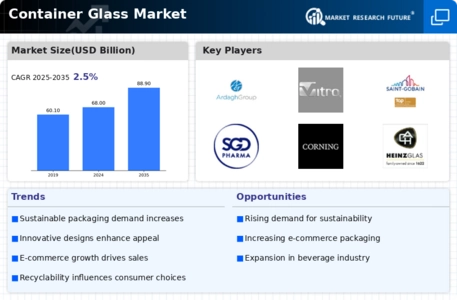
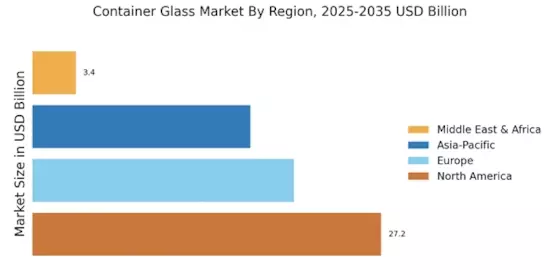


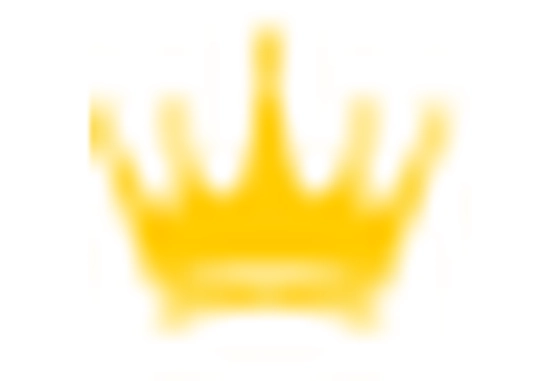
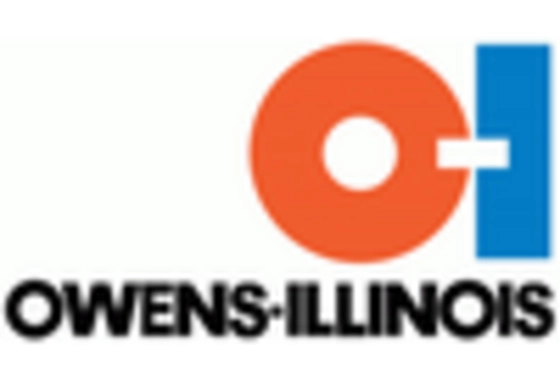

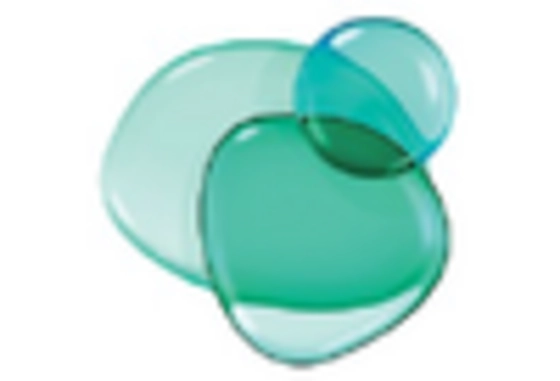








Leave a Comment